![]()
![]()
When Beyonce released the MV for "Run The World (Girls)", I wasn't a really big fan of the song but, as always, I was a huge fan of Beyonce's dance routine. The choreography is hard hitting yet sensual, powerful but still retained Beyonce's delicate touch. Fast forward a few months to the 2011 SBS Gayo Daejun performances. A selection of the female idols came together to dance to Beyonce's song with a near-mirror image of the choreography, albeit with a few changes. After watching it, I thought it was a valiant attempt at recreating an extremely difficult choreography. Mistakes were made, but I thought it was a rather entertaining performance. However, upon checking for the performance online, I found that my opinion was in the minority.
Not only did the dancing itself receive extremely negative reviews, the choreography was heavily criticized for being overly sexual. I know I am not a very conservative person when it comes to dance so I may be a bit biased, but I did think the comments on the girls' performance were a bit harsh.
A particular review I found a bit unforgiving watered down the description of the performance as "half gyrating all over the place, and half dead air."
When Beyonce dances, it's amazing, but when Korean girls take a stab at the same dance, it is labeled too provocative and shameful... is that what this has come down to? The definition of dance in Korea, despite having evolved over the years, does have extreme limitations on the options for true forms of expression.
Back in the day, when I was still scampering around my parents' house as a kid, I religiously watched the Korean Music Countdown on the International Channel. I am not above telling you guys that, yes, I watched groups like Shinhwa, g.o.d, etc. and tried to mimic dance routines that I thought were so cool. These dance routines were nothing like the ones idols do now with complicated choreography and the de facto requirement to be a "breaker" or a "popper." It was more like waving your arms in the air and a little shuffle of the feet. To say the least, the dance was tame enough that my parents thought my dancing was adorable.
In 2007, my interest in K-pop was back on the rise and there was one song that dominated the charts as well as various online video sites. Wonder Girls released their hit single "Tell Me", a track with a catchy chorus and an even more infectious choreography. Various imitators put up covers of the dance online, and Youtube, barely two years old, was flooded with people emulating the dance (I refrained).
Let's move ahead a couple years to 2009. I was in Seoul, my first time being back to Korea in quite a while and, following "Tell Me", more dance-based songs were coming to the forefront of K-pop. Hits like Wonder Girls' "Nobody" and, more recently, KARA's "Mister" had equally viral dances (Fun Fact: I actually saw these dances being done in clubs... and I participated) that were being mimicked by fans from around the world. However one song caught the attention of a majority of the Korean male population. "Abracadabra" was the lead single off of Brown Eyed Girls' latest album and was blatantly sensual in the most subtle way. The girls, more accustomed to the bubblegum sweet and innocent look, had evolved into smoking hot ladies, sensually swaying their hips and exuding confidence in their dance. The "hip dance" that the song promoted did attract some controversy regarding the overly sensual feel of the music video but was more of a fleeting concern and, eventually, died down, letting the song rise to become one of the most addictive songs to dance to in 2009.
Today, the "Abracadabra" dance seems infinitely more family-friendly than the most recent dance crazes, or should I say controversies, that are taking K-pop by storm. The most recent one I can think of is the "Troublemaker" controversy. Now, it's beyond a doubt in my mind that Troublemaker's unedited dance routine is one of the hottest choreographies I've seen from K-pop, but you would have to be blind not to expect MOGEF to ban that dance. If a male idol rubs on a female idol's thighs while performing a pseudo "bump n' grind" live on stage, imagine the chaos that could ensue. For the past few years, the industry has been consistently flirting with the line on just how 'dirty' the dances can get. However, are these dances something that should necessarily be frowned upon? Or can it just be the next logical evolutionary step in the dance sub-culture of K-pop?
From Sistar19's body wave rolling in "Ma Boy" to RaNia's extremely sensual "Dr. Feel Good", it is clear that K-pop dance routines are progressively getting more provocative. If you compare these type of dances with the dance routines of "Nobody" or even "Abracadabra", the level of sensuality does not even compare between the two. Yet these dances, although at times controversial and risque, are one of the key reasons we love the music and choose to imitate (myself included, I can do a mean body roll to Ma Boy). Could anyone imagine songs such as "Tell Me" or "Mister," while both are catchy in their own right, spreading as fast as they did without the assistance of an equally infectious dance?
Personally, I believe the dance bans to be uncalled for. I understand MOGEF's concern that these dances are risque and sexual, and the youth of today could be negatively influenced through viewing these videos. However, to argue that point, these aforementioned K-pop dances are rather tame in comparison to some others that can be found just as easily on the internet. At the same time, I don't feel that the reasons for these harsh restrictions on K-pop dances stems completely from the wish of conservatives to protect the innocence of the younger Korean population.
When looking at it from a professional perspective that also takes the Hallyu Wave into account, it is imperative to make idols as accessible as possible to the general public. Much like how the creators of movies and video games in America fight for that "PG" or "E for Everyone" rating to attract a wider audience for profit, the same can be said about the industry that, for a lack of a better word, distributes these idols. Unlike the United States where music has very lax restrictions on just who can listen to what, the music and entertainment companies in Korea instantly react to censorship of their artists' work by reworking choreography or attempting to validate and explain the lyrics in certain songs. Although this may seem like a win-win situation for both the MOGEF and the Korean entertainment companies, it obstructs creativity and artistic liberty.
Now many of you may say it's a stretch to call K-pop dance choreography 'art', but I am a firm believer that art is in the eye of the beholder. To those who snub the dance in K-pop as sub-par work that is a lower standard of dance, please hear me out. The choreography in K-pop, like any other other form of dance, is something that people work hard to create. It is something that tenacious individuals strive to perfect, and it is something that is bravely given to us with the trust that we will be mature in the evaluation and critique of the material.
The meticulous choreography has given K-pop an extra dimension to it's unique character and charm. Whether it is the hard hitting popping or the sensual swaying of hips, versatile idols show an amazing amount of gumption in tackling any form of dance thrown at them which has only added to their performances. Censorship of certain forms of dance on the basis of protecting the conservative and business interests of a specific group is not only unfair, it's also presumptuous and harmful to artistic growth. Rather than having MOGEF decide what Korea should and shouldn't see, wouldn't it be a more mature decision to allow the public to make their own decisions on what they find entertaining and enjoyable to watch and simply warn that certain performances may be considered sexual to a younger audience? The recent trigger-happy censoring of MOGEF on K-pop dance choreography makes me wonder,†if the evolution of K-pop dance stopped at a few moves of the arms and steps of the feet, would K-pop have been able to go global and appeal to an international audience like it has today?
** sungkookie would love to hear from you! To give him feedback for this OP-ED or ideas for a new one, find him on his Facebook page!
0
0
, ,
 Posted by 0 pt Saturday, March 24, 2012
Posted by 0 pt Saturday, March 24, 2012
[OP-ED] Bump N CENSORED: A look at Dance in K-Pop

0
71,743
Share
Be the first to vote
 SHARE
SHARE
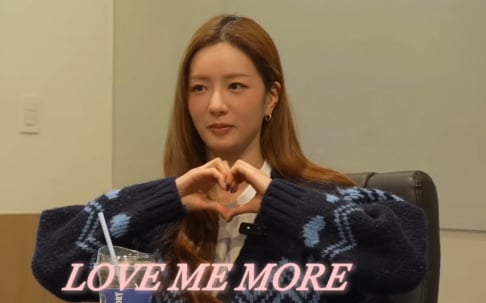


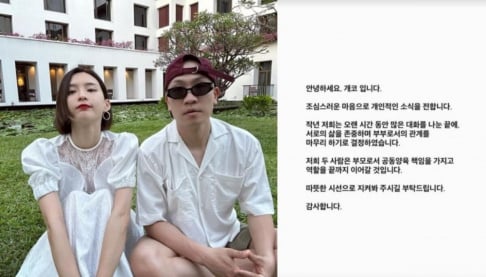

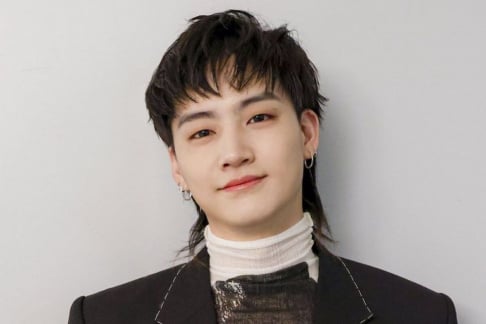




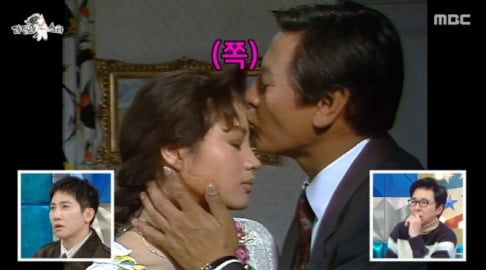
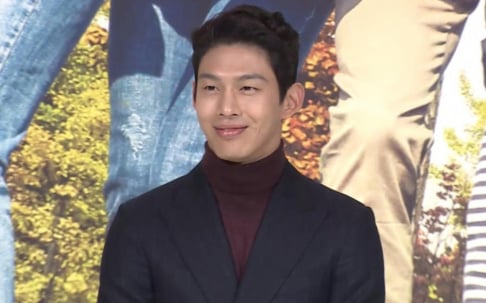



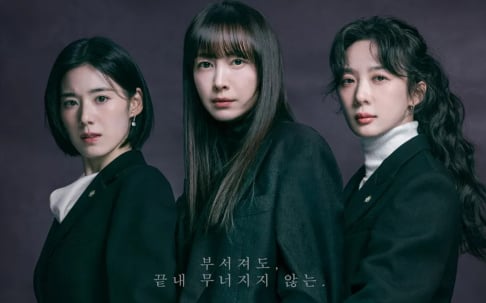
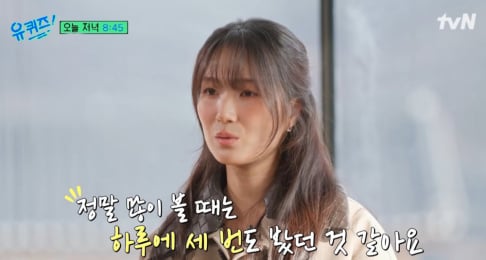



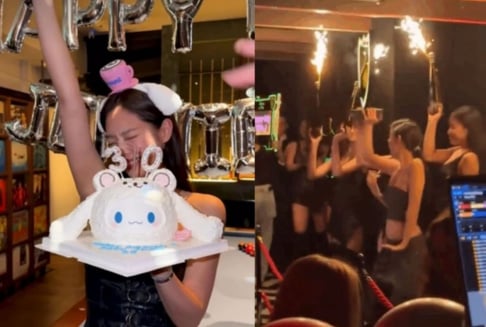
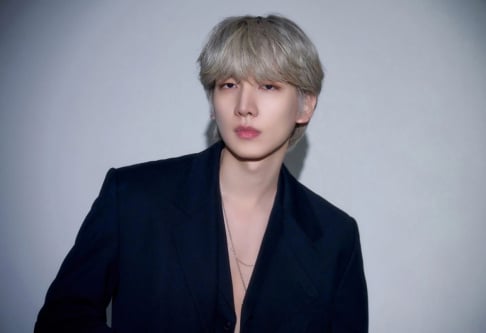
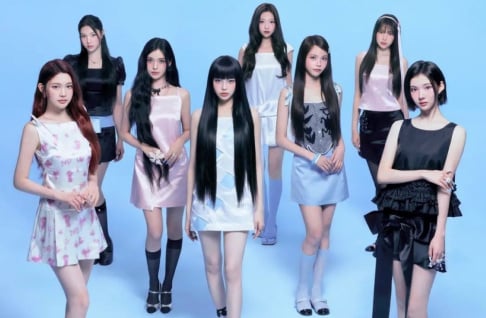
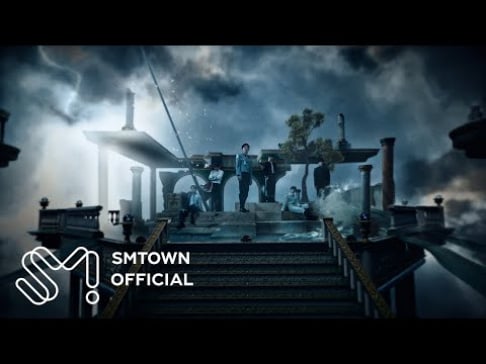
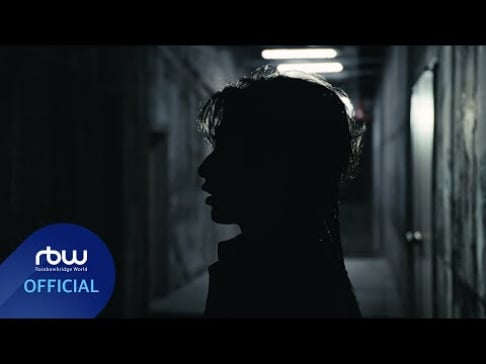

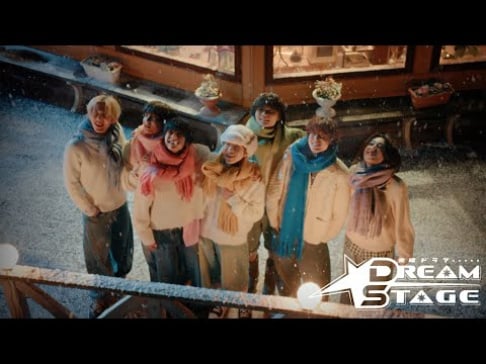
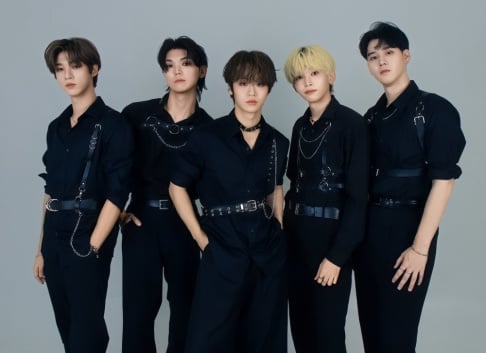
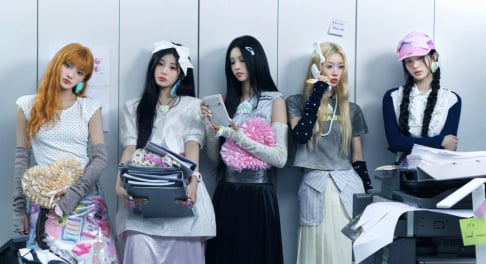


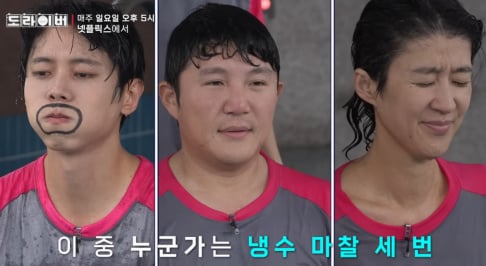
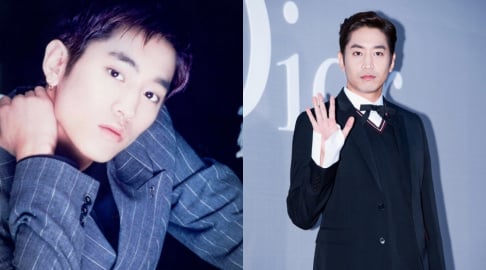

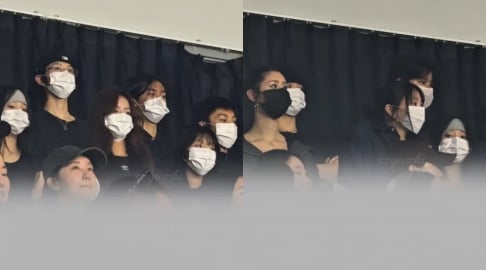

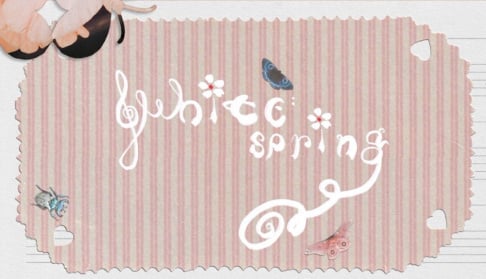

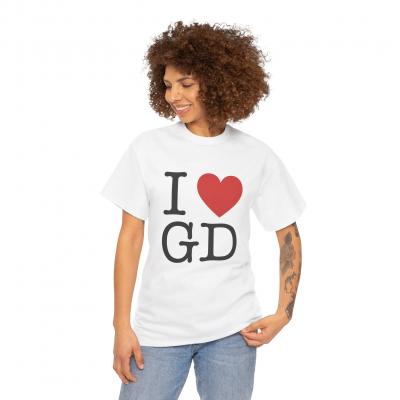
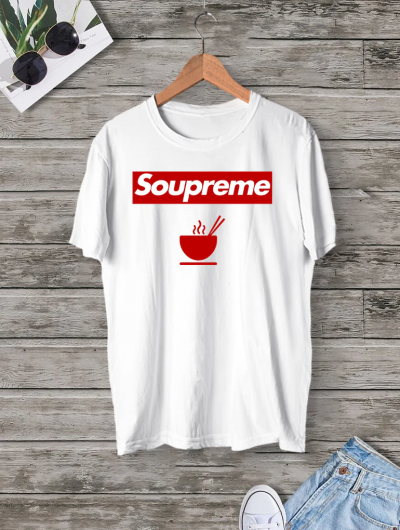
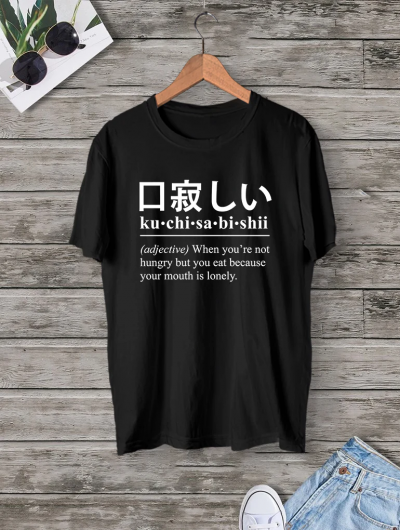
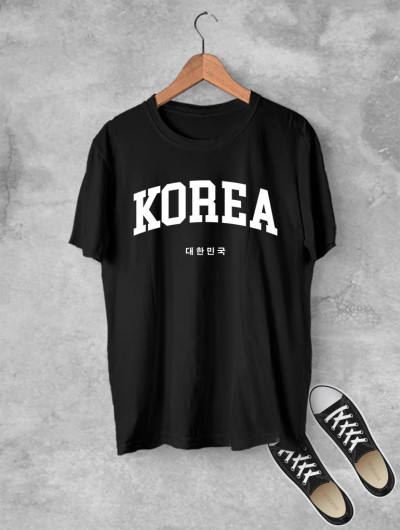
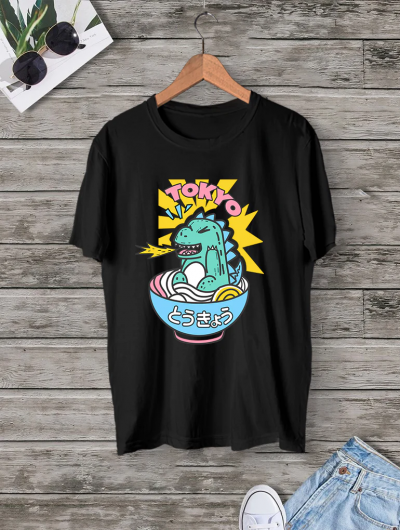
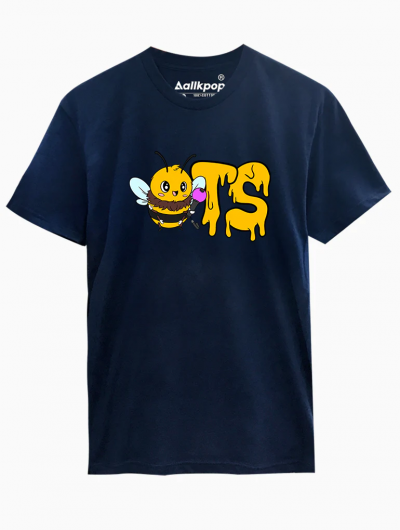
Log in to comment